Learning from the case of the delivery driver and the auto dealership
These days, it’s pretty safe to assume you’re always on camera. Whether it’s a cell phone, spy cams that can appear to be just about anything, or, as in this case, a plain old security camera, someone’s watching.
When pizza delivery guy Jarrid Tansey delivered $42 worth of pizza to a car dealership in Westport, Massachusetts, he assumed the $50 he was handed included his tip and headed back to run another route. Employees at the car dealership evidently felt no tip was deserved, though, and called to have him bring the $7 back. When he returned an ugly exchange ensued, and it was caught on tape for the world to see:
As a result, the car dealership was flooded with a deluge of angry calls, social media messages, and online reviews, along with an incredible amount of negative coverage by the media.
Some five days after the incident, the dealership released the (slightly odd) statement below:
“On behalf of the owner who was not present during the taping of this video and management we will like to publicly apologize for the actions that led to this situation, this embarrassing video gone viral on the Internet, was not released by any employee of F and R Auto Sales. In addition to this apology the owner and proprietor will like to offer a cash donation to the delivery man in the video. The actions of the female led to her termination and the other gentleman that was belittling the man in the video was not an employee of F and R Auto Sales and had no permission or authorization to release any security footage from F and R Auto Sales. We are currently straightening out matters on that behalf.”
Although showing you’re taking action against offending parties is an important part of crisis management, this just came off as less-than-genuine, not to mention hacked together, both factors we’re certain contributed to the serious legs this story’s had over the past couple weeks.
——————————-
For more resources, see the Free Management Library topic: Crisis Management
——————————-
[Jonathan Bernstein is president of Bernstein Crisis Management, Inc., an international crisis management consultancy, author of Manager’s Guide to Crisis Management and Keeping the Wolves at Bay – Media Training. Erik Bernstein is Social Media Manager for the firm, and also editor of its newsletter, Crisis Manager]
– See more at: https://staging.management.org/blogs/crisis-management/2015/01/29/unexpected-demand-for-wired-uk-giveaway-sparks-crisis/#sthash.hxzJtkAM.dpuf














